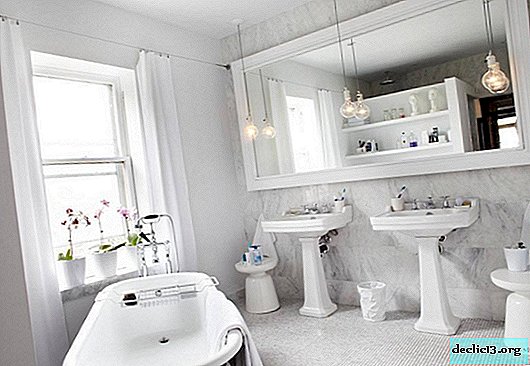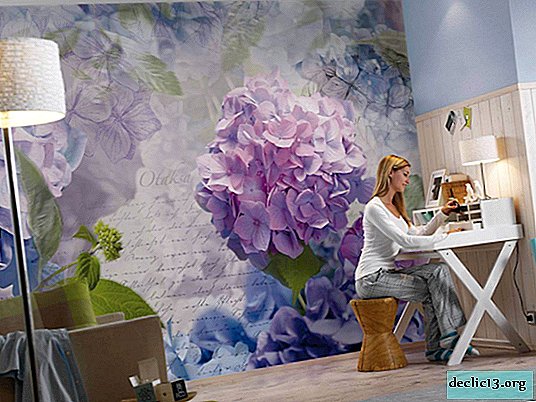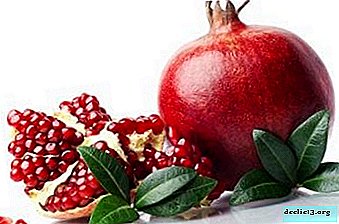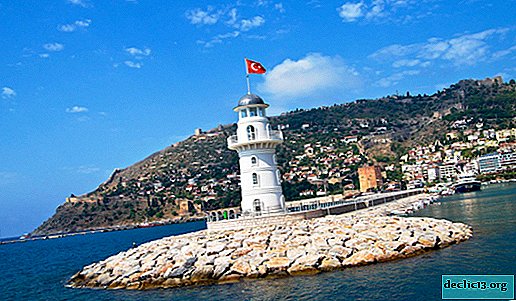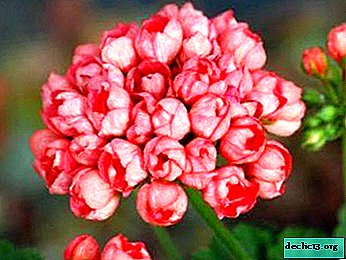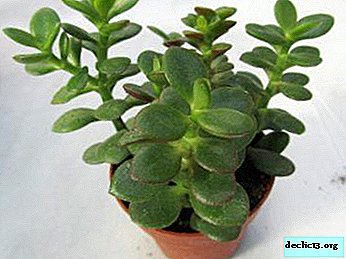How does wisteria bloom, and what to do when it does not? Photo of a flowering plant
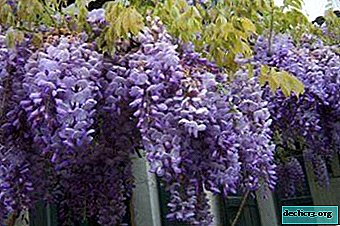
A plant such as wisteria (Glicinia - "sweet") is also called wisteria (Wisteria). It relates to treelike climbers of the legume family. Under natural conditions, they can be met in subtropical regions.
Wisteria or Wisteria is a southern beauty with incredibly amazing flowering. But, in order to achieve this, it is necessary to know its features and create appropriate conditions of detention.
In this article, you will learn all about the flowering of this beautiful plant.
What are the flowering species?
Blooming species include wisteria:
- Chinese
- Alba
- Japanese
- shrubby;
- indoor;
- beautiful;
- macrostachia;
- frost-resistant blue moon;
- Wisteria floribunda or abundantly flowering (multi-flowered).
More information about the types and varieties of wisteria can be found in this material.
Bloom
In order for the wisteria to bloom, it is necessary to create certain conditions. She really loves the conditions in which she grows in nature: light, heat, humidity, humus soil and most importantly, the absence of temperature changes.
How long does it take to wait for a plant to bloom? Long enough. What year after planting wisteria blooms depends on how the plant was grown. If it grew from seeds, then flowering will come only after 10-15 years. If you grew it from the cuttings, you will get a flowering plant after 7 years. In addition, with this method of growing, the formation of buds will be more abundant. If we talk about the timing of flowering, the plant begins to bloom before the leaves bloom. Usually - this is May - June. But how long it blooms depends on the type of wisteria. Flowering can last from 2 weeks to a month. Some varieties can bloom 2-3 times per season.
Description
The flowering of beautiful wisteria is an incredible riot of colors. Long brushes of flowers of violet, blue, pink or white shades rush down. In this case, the flowers emit a sweetish aroma. The length of these brushes reaches 30 cm.
The buds appear on the shoots in the form of oval segments, which have solid edges and a pointed end. There can be from 7 to 13 such segments. A flowering plant has long drooping peduncles, which are dotted with small flowers that resemble moths in shape. The color of the flowers is mainly blue or purple, but may be white, pink or yellow. Inflorescences are racemose with closely growing buds and are very reminiscent of a garland.
Photo
In the photo you can see what a flowering plant and buds look like.
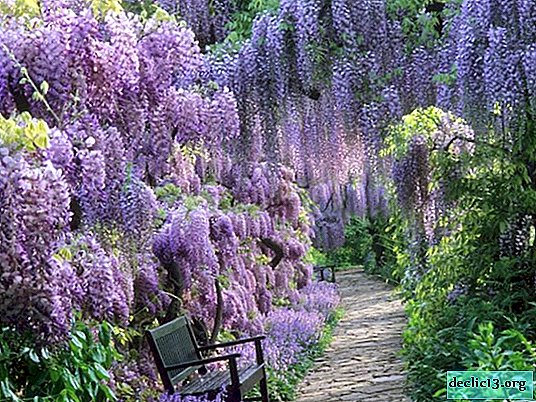
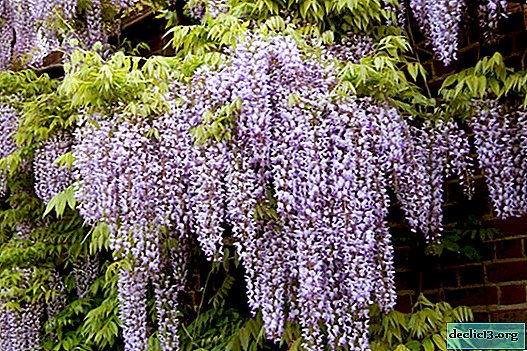



How to extend this period?
The most important thing in wisteria care is the constant monitoring of soil moisture (more information about caring for wisteria can be found in this material). Watering should be moderate. To do this, it is enough to wet the soil around the roots. The land should be moderately moist and in no case damp.
The most important thing during the flowering period is to prevent the earthen coma around the roots from drying out.Also during this period, regular feeding is necessary. They need to be produced 3 times a month. It is best to alternate mineral and organic fertilizers. Complex mineral top dressing is also great.
What to do after the buds fall off?
The first thing to do after flowering is to prune. In general, pruning is done twice a season. During the first pruning, the side shoots are shortened by half the length. The second pruning shortens the branches after the leaves fall, leaving no more than five buds on the branch. You can find out more about pruning wisteria here.
The next step is tying. The plant must be tied to a support and pruned for 2-3 buds.
Why doesn't the plant bloom?
If your plant does not bloom, then the reasons may be:
- lack of light;
- the introduction of a large number of nitrogen-containing fertilizers;
- Incorrect trimming
- insufficient watering during the period of bud formation;
- high humidity.
In order for the plant to bloom at home, it is enough to simply provide it with the necessary conditions for it. If you want to decorate your garden plot or apartment with an unusual but incredibly beautiful plant in bloom, then wisteria is just for you. Provide her with the necessary conditions and she will not be indebted to you and will thank you with abundant and beautiful flowering.


